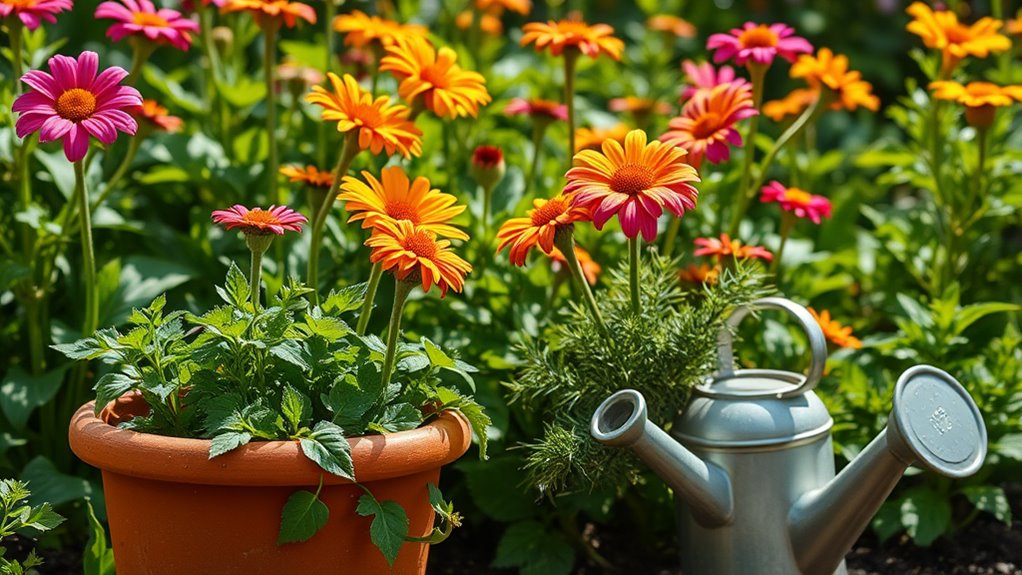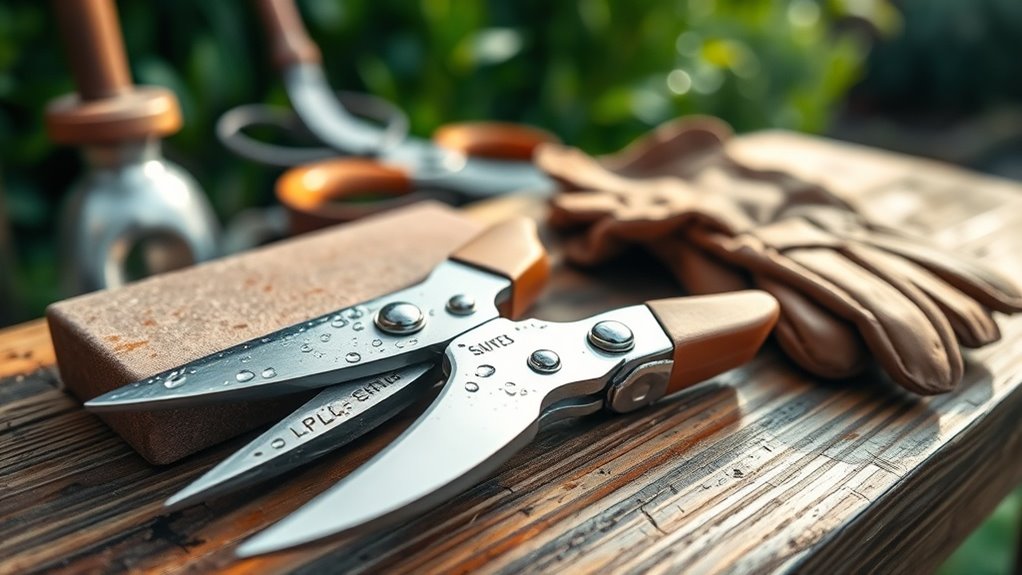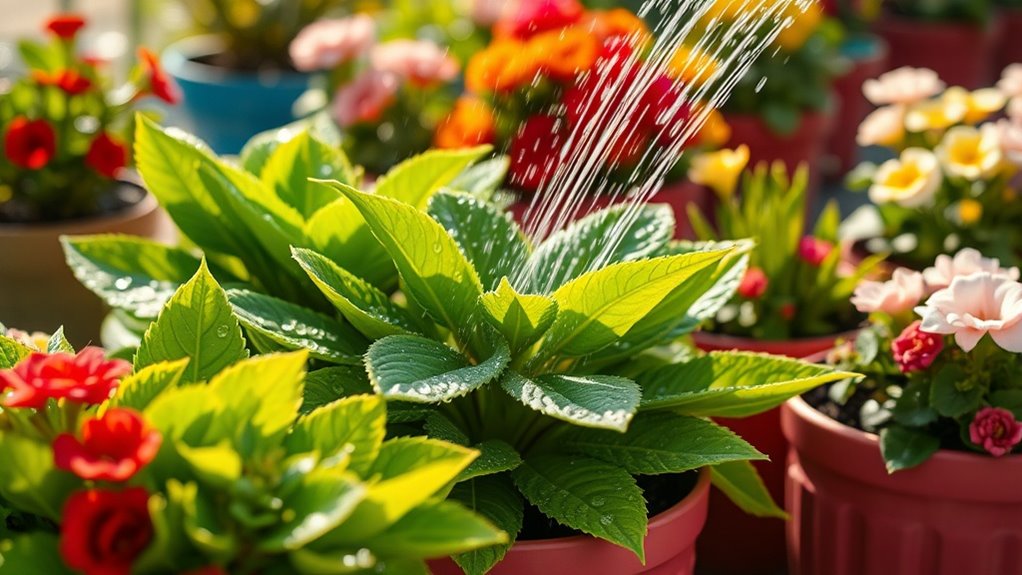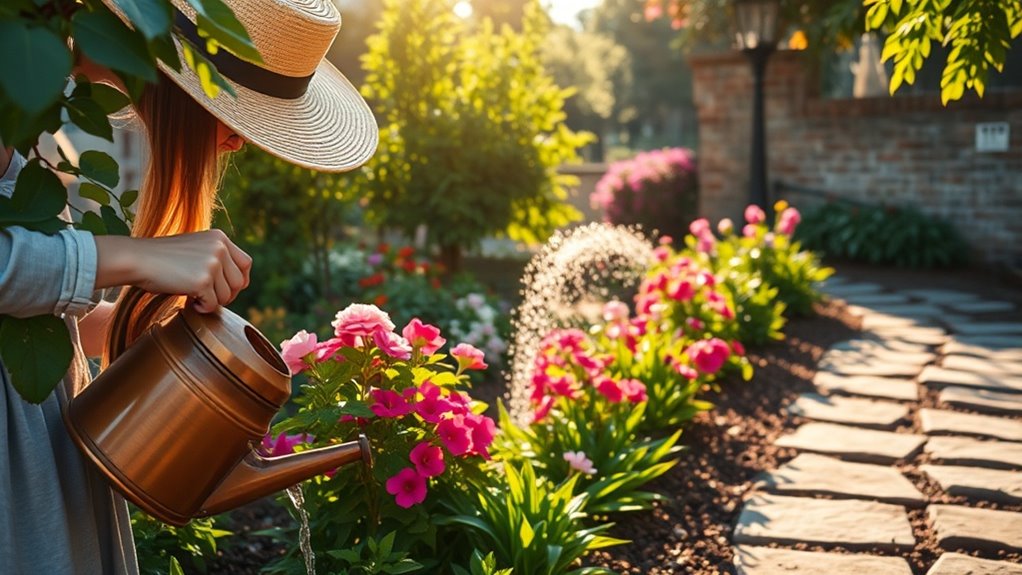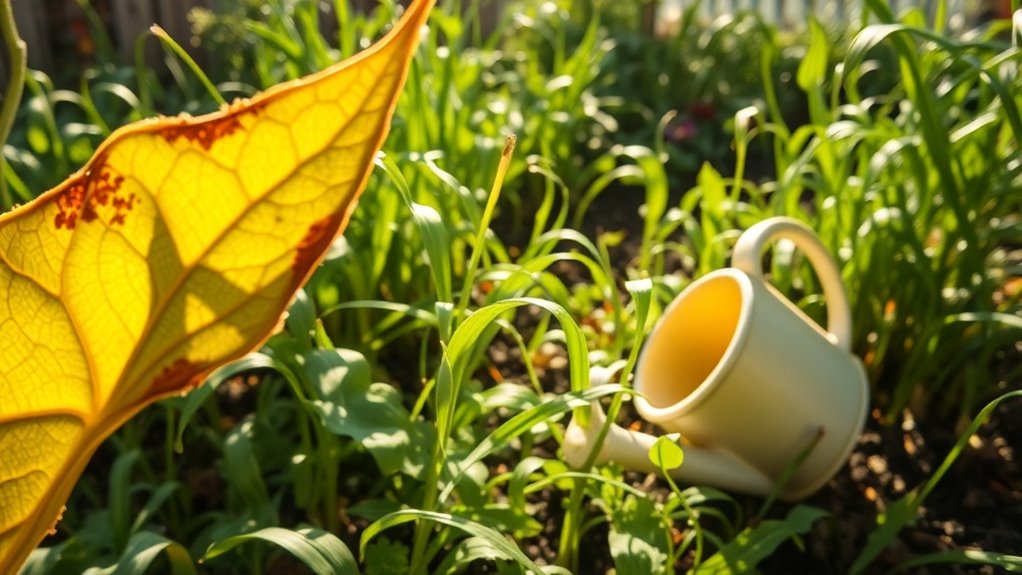My Garden Stopped Wilting After I Tried This Watering Routine
Did you know that proper watering techniques can significantly impact your garden’s health? Many gardeners struggle with issues like wilting due to inconsistent watering practices. It’s crucial to understand your plants’ specific needs and recognize the signs of overwatering or underwatering. By implementing a structured watering routine, you can foster robust growth and vibrant foliage. Discover how small changes in your approach can yield impressive results for your garden’s vitality.
Understanding Plant Watering Needs
When you’re considering how much water your plants actually need, several key factors come into play. Soil type, plant species, and environmental conditions all influence their hydration requirements. To develop a smart watering routine, assess the moisture levels and adjust your schedule based on these variables. Additionally, ideal watering schedules can help ensure that your plants receive the right amount of water at the right time.
Signs of Overwatering and Underwatering
Recognizing the signs of overwatering and underwatering is vital for maintaining a healthy garden.
If leaves turn yellow and develop mold, you’re likely overwatering. Conversely, if leaves curl, turn brown, or drop, it indicates underwatering.
Check soil moisture; soggy soil suggests excess water, while dry, cracked soil means your plants need hydration. Additionally, signs of overwatering include a decrease in root health and stunted plant growth.
Monitoring these symptoms ensures optimal growth and health for your garden.
Creating a Consistent Watering Schedule
Creating a Consistent Watering Schedule
Establishing a consistent watering schedule is crucial for your garden’s health and productivity.
Set specific days and times based on your garden’s needs, climate, and soil type. Monitor moisture levels with a soil moisture meter to adjust your schedule accordingly. Additionally, watering at optimal times can maximize the absorption of water while minimizing evaporation. Incorporating rainfall data can further enhance effectiveness. Consistency promotes root development, reduces stress, and ultimately leads to vibrant, thriving plants in your garden.
Best Time of Day to Water Your Garden
To maximize water efficiency and plant health, it’s crucial to choose the right time of day for watering your garden.
Early morning, between 6 AM and 10 AM, is ideal, as temperatures are cooler and winds are often lighter.
This allows plants to absorb moisture before the heat intensifies, reducing evaporation losses and ensuring deep root hydration for optimal growth and resilience. Additionally, watering in the early morning helps to prevent evaporation losses, which can waste valuable water resources.
Techniques for Efficient Watering
As you consider techniques for efficient watering, implementing methods like drip irrigation and soaker hoses can significantly enhance water conservation and target plant hydration more effectively. These techniques reduce evaporation and runoff. Additionally, using water-saving techniques can further optimize your garden’s water usage while promoting plant health. To decide which method fits your garden, consult the following table:
| Technique | Water Efficiency | Installation Complexity |
|---|---|---|
| Drip Irrigation | High | Moderate |
| Soaker Hoses | Moderate | Low |
| Sprinkler System | Low | High |
| Hand Watering | Low | Low |
| Rain Barrels | High | Moderate |
Monitoring Soil Moisture Levels
How do you know when your garden needs watering? Monitoring soil moisture levels is crucial. Here are three effective methods:
-
Finger Test: Insert your finger into the soil up to the first knuckle; if it’s dry, water your plants.
-
Soil Moisture Meter: Use a meter for a precise reading of moisture levels.
-
Weight Test: Lift the pot or container to gauge its weight; heavier often means moist soil. It’s important to avoid overwatering, as this critical mistake can lead to root rot and other issues affecting plant health.

